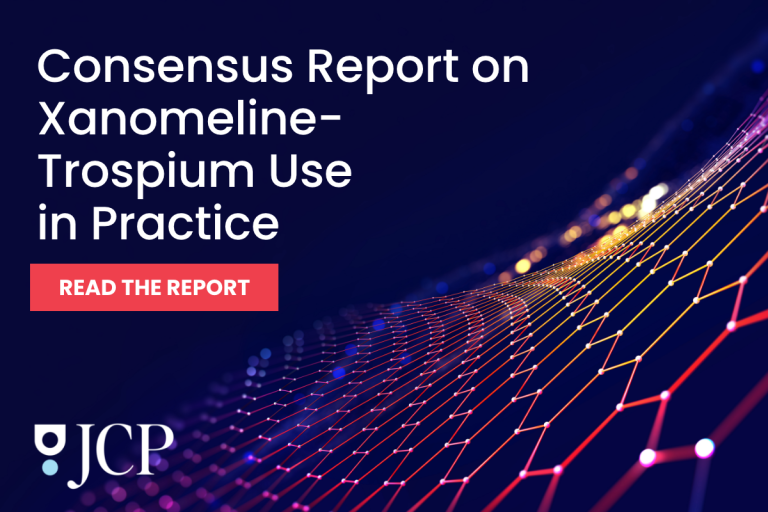For better or worse, the debate over autism – its origins, its diagnosis, its treatment – has elbowed its way to center stage over the past several months.
For decades, the prevailing theory dictated that autism is a condition that rears its head early in life. So why are so many now receiving that diagnosis long after pre-K?
A sweeping international study now suggests that timing is more than a matter of chance or missed signs. It reflects distinct developmental trajectories and genetic underpinnings.
Researchers from the University of Cambridge, Aarhus University, and the Wellcome Sanger Institute, (among others) analyzed data from birth cohorts, national registries, and broad genetic studies to crack this code.
The results, appearing in the journal Nature, suggest that autism diagnosed in early childhood and autism diagnosed later are at least partly different conditions, boasting overlapping (yet distinct) genetic signatures.
Two Developmental Paths
The team followed Australian and UK kids through longitudinal surveys that tracked emotional and behavioral development. Using growth-mixture modeling, the team uncovered two strikingly different pathways to an autism diagnosis.
One group showed socioemotional difficulties emerging in early childhood that stayed steady into adolescence. These children were more likely to be diagnosed with autism early, usually before turning 6. The second group showed fewer early problems but developed socioemotional and behavioral difficulties later, with diagnoses typically occurring in middle childhood or adolescence.
But maybe most importantly, these trajectories explained a sizable portion of the variation in diagnosis timing. That effect far outweighed standard demographic factors such as parental education or socioeconomic status, which together usually account for less than 15%.
“We found that, on average, individuals diagnosed with autism earlier and later in life follow different developmental pathways, and surprisingly have different underlying genetic profiles,” lead author and University of Cambridge PhD candidate Xinhe Zhan explained. “Our findings suggest that the timing of autism diagnosis reflects more than just differences in access to healthcare or awareness, important as these are.”
Genetic Factors
Genetics strongly influences autism, but researchers haven’t reached a conclusion as to whether it also shapes the timing of a diagnosis.
In a bid to rectify that, researchers turned to two massive genetic cohorts: Denmark’s iPSYCH registry (nearly 19,000 autistic individuals) and the U.S. SPARK cohort (tallying more than 28,000 participants).
Their genome-wide analyses showed that common genetic variants account for roughly 11% of the variance in age at autism diagnosis. That works out to the same contribution as social and clinical factors. Rare mutations didn’t appear to play a strong role, which suggests that common, inherited variants help shape when autistic traits become clinically visible.
Digging deeper, the team found evidence for not one, but two broad polygenic factors tied to autism. One factor, linked to earlier diagnosis, correlated with lower social and communication abilities in young childhood. The other, linked to later diagnosis, showed ties to increasing behavioral and emotional difficulties in adolescence.
These two factors were only modestly correlated genetically (rg ≈ 0.38), indicating that they capture partially distinct biological pathways. The later-diagnosed factor showed moderate to strong genetic correlations with ADHD, depression, PTSD, and self-harm – conditions that are indeed more common in autistic people diagnosed later in life.
Implications for Autism Research
The findings challenge the traditional “unitary model” of autism, which assumes a single genetic architecture manifesting at different times depending on environment or severity. Instead, the authors contend that the evidence supports a “developmental model” in which earlier- and later-diagnosed autism reflect partly different genetic and developmental processes.
This framework also could help explain why genetic studies of autism have historically produced mixed signals. Some earlier genome-wide association studies (GWAS) found limited overlap with ADHD, while newer ones found stronger links. The new analysis shows that these differences based on the average age at diagnosis in the study cohorts.
Beyond genetics, the study also hints at real-world implications. Later-diagnosed individuals – a disproportionately female group – tend to face higher rates of co-occurring mental-health challenges. These results suggest that at least part of that pattern stems from underlying biology, not just delayed recognition or social bias.
Still, the authors warn that their models explain only a fraction of the overall variation. Diagnosis timing is shaped by a host of factors, such as cultural expectations, healthcare access, gender norms, and individual differences in how autistic traits manifest.
Ultimately, the researchers confirmed what most autistic people and clinicians have already known. Autism isn’t a single phenomenon. Rather, it’s a collection of overlapping pathways with distinct developmental rhythms.
Further Reading
Trump, HHS Link Tylenol to Autism. Experts Push Back.



